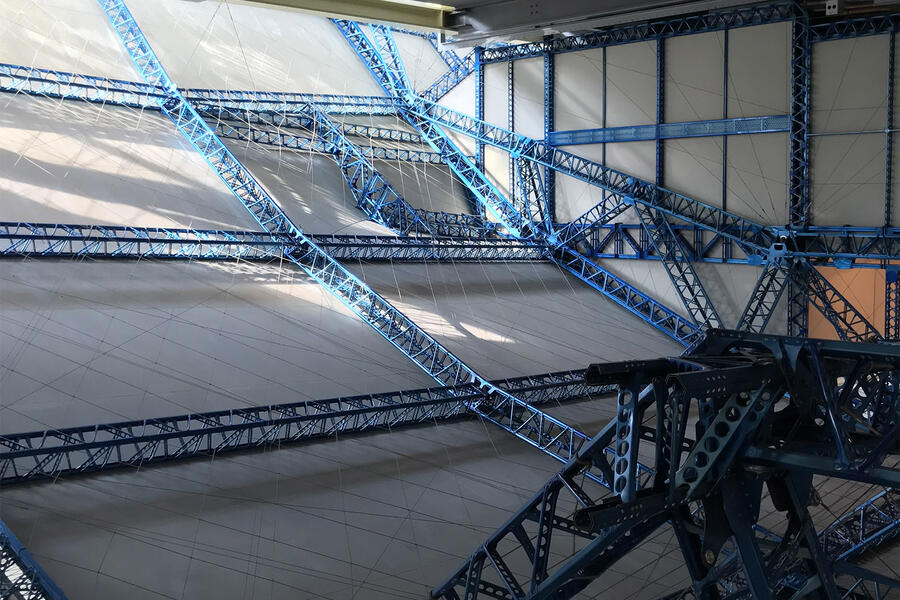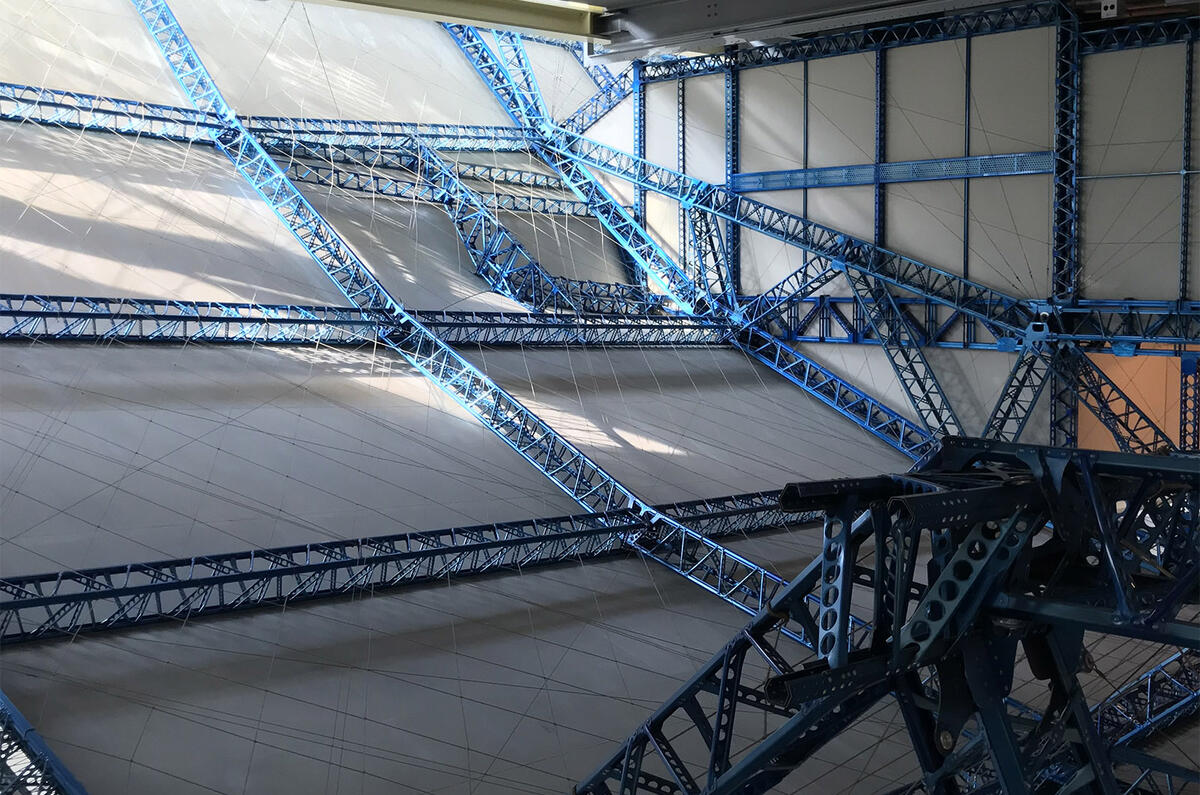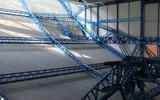When it came to the Goodyear Blimp road test in our 9/16 December issue, I wasn’t going to mention the Hindenburg disaster. Not even, in fact, to the good people of the Zeppelin NT company when we visited Germany to see today’s blimp.
The whole thing was just so long ago, you see. It was in 1937 when the Hindenburg – a huge, 237m-long rigid airship filled with 140,000 cubic metres of hydrogen – caught fire while mooring in New Jersey after a transatlantic crossing. The cause of the spark that ignited the hydrogen is unknown, but the inferno killed 35.
Zeppelin’s other craft were soon grounded, and the US’s refusal to export helium to Germany ended the airship’s heyday virtually overnight.
The Hindenburg’s sister ship, the Graf Zeppelin, which had already flown more than a million miles on 590 flights – including the first airship circumnavigation of the globe, a trip to the Arctic, the first non-stop Pacific crossing and five years of commercial flights between Germany and Brazil – barely flew again. A third airship, the Graf Zeppelin II, never flew at all.
But that was because they were filled with hydrogen; blimps today use helium, a non-flammable gas and, for heaven’s sake, it was 83 years ago.
Imagine my surprise, then, that within half an hour of being in Zeppelin’s offices, they brought it up. Then they said “head to the Zeppelin museum on the shores of Lake Constance [which is quite brilliant, incidentally] and they’ll tell you more”. On passenger flights these days, chief pilot Fritz Günther says he “gets comments about the Hindenburg at least once a day”.

The point is that not only does bad news travel fast, but it can also be incredibly durable. Which brings me to cars. Let’s play a word-association game: I’ll list some subjects and you tell me the first negative thing that comes into your head. BMW drivers: tailgating or not using indicators. Italian cars: rust. Battery-electric vehicles: range anxiety. Am I close?
Those things are grossly unfair. In reverse order, better fast-charging, galvanising and Audi drivers have largely seen off all of those negatives.
But a bad reputation takes a very long time to shift. Perhaps Skoda, in my lifetime moving from ‘the brand from hell’ to ‘one hell of a brand’, as some insiders put it, has made the greatest – perhaps the only – monumental shift away from a bad reputation to a good one. So it can be done, but it’s a long and arduous slog.
Things are almost as true in reverse, which is why it’s easier for brands to move downmarket than upmarket and hence why ‘premium’ manufacturers find it much easier to sell cars than mainstream ones at the same price. They’re hanging on to a long-established reputation that makes people want a Mercedes-Benz more than they do a Vauxhall.
Which, depending on who you work for, must be quite depressing. Congratulations, you’ve made a great new car. But it has a dowdy badge or is made in the wrong place, so we’ll still judge you on decisions and cars that someone else made decades ago.
READ MORE
Matt Prior: Is it too much to ask to make noise on a track day?
Matt Prior: Modern cars are too effective for their own good







Join the debate
Add your comment
Some of these prejudices though are reinforced by motoring magazines and journos.
For example, how often do we read some trite review of some VW mediocrity (think Golf or Passat) claiming the internal plastics give a "premium" air which the equivalent Ford, Vauxhall or Hyundai fails to match - it's all utter garbage of course. VW's interiors are no better than any of those and the actual cars, as various surveys have shown, are certainly no more reliable and are often much less reliable than their competitors. And that's before we look at a small matter of diesel-gate with VWs, the significant number of timing chain problems on their TSI engines or the problems people have had with DSG gearboxes.......
Why car brands struggle to banish bad memories
Great article premise, but Matt Prior whiffs on mentioning the obvious: vehicle purchases that generate widespread unusual losses to owners, in terms of unreliability, warranty claim issues, repair costs, or--the big one--resale value, generate major, decades-long reputational damage to brands.
Didn't mean to shout-by-font-size, but couldn't fix it either...
The majority of people with enough money to spend on a new car have very little understanding of the technical aspects of cars. It's much easier for them to comprehend a dumbed down concept of quality spoon-fed to them by marketing / PR people with equally little understanding of engineering, than to try to undertand what quality design and production engineering really is. Hence, VW is perceived to be a quality company and sells in the millions, even though any engineer knows they are crap.